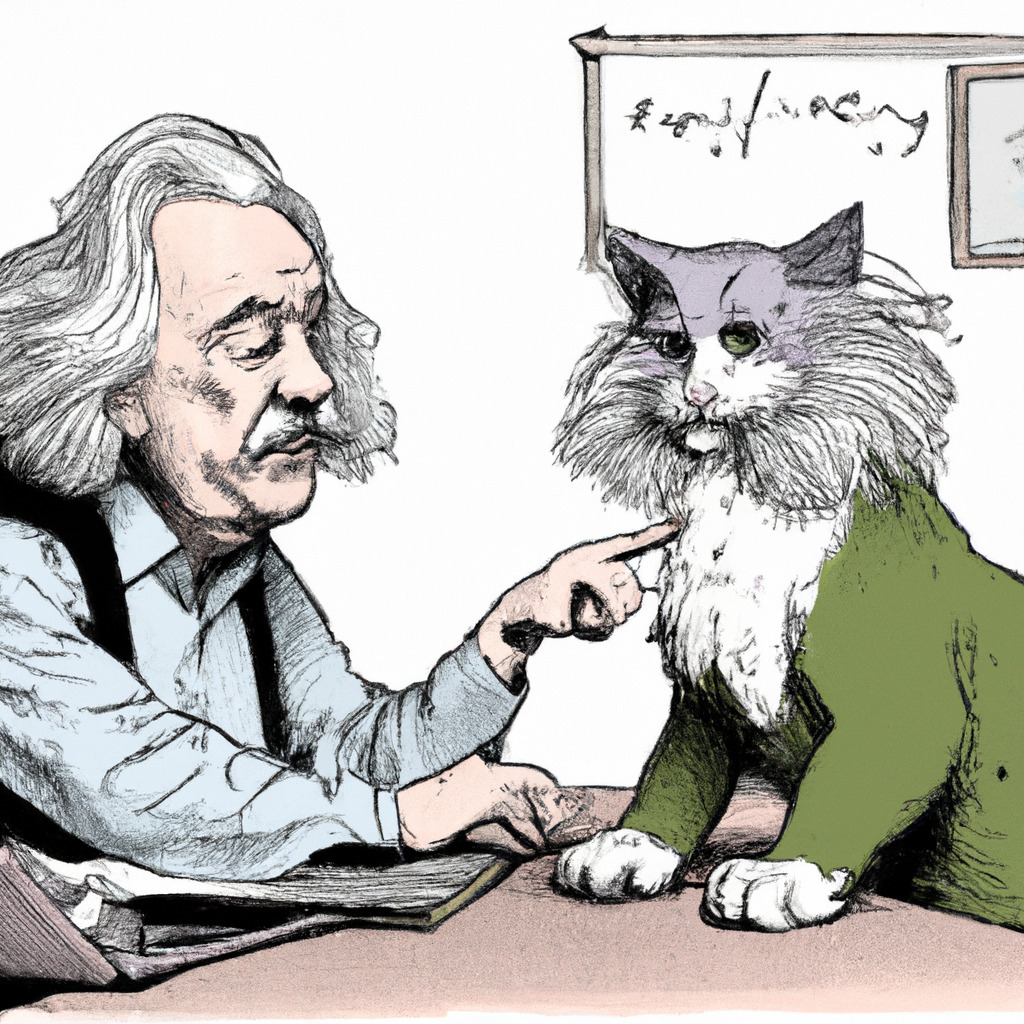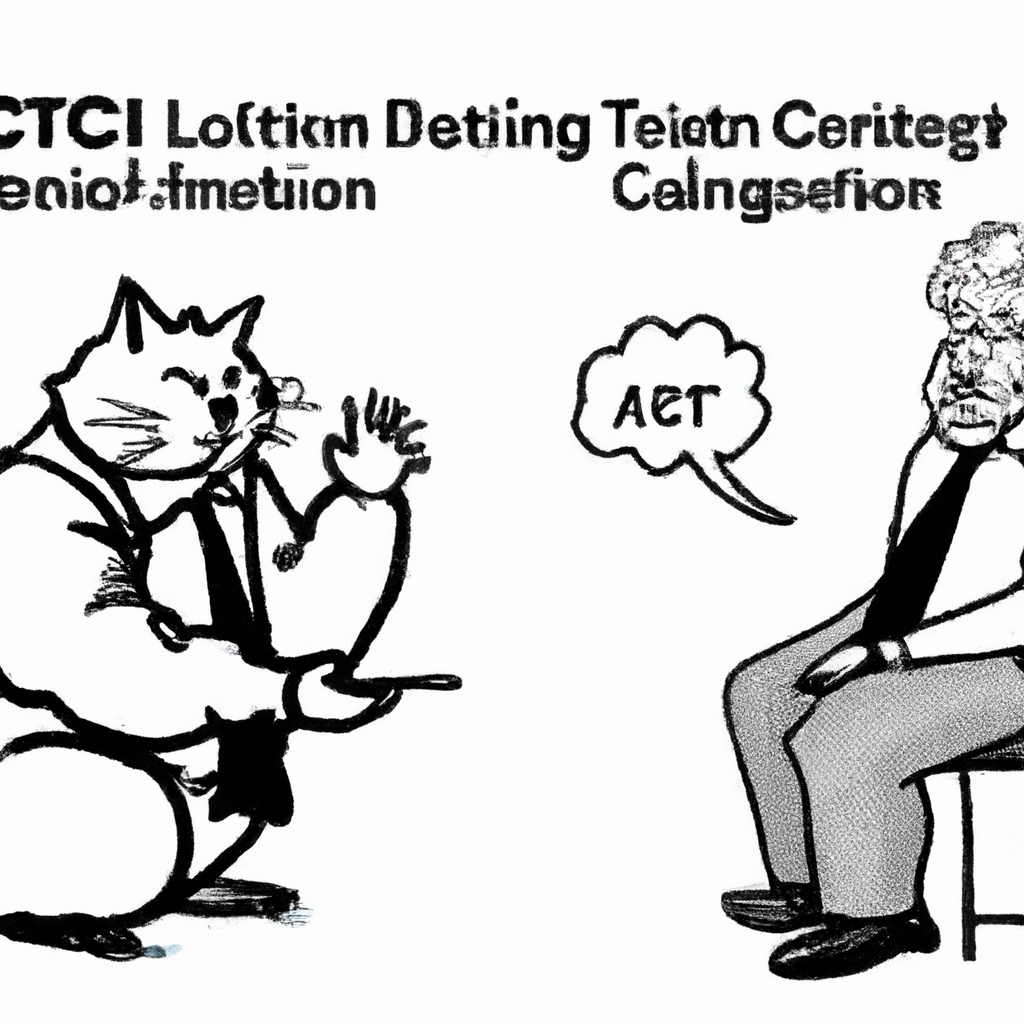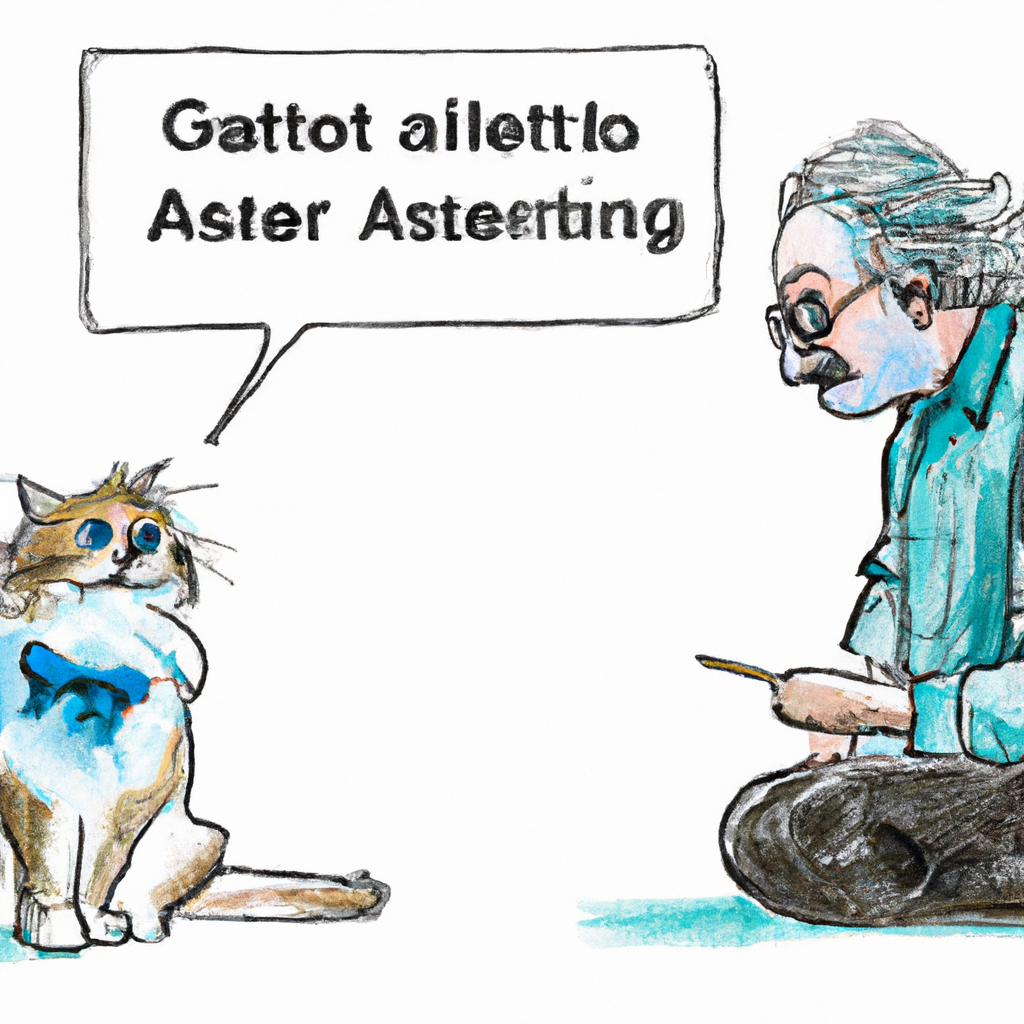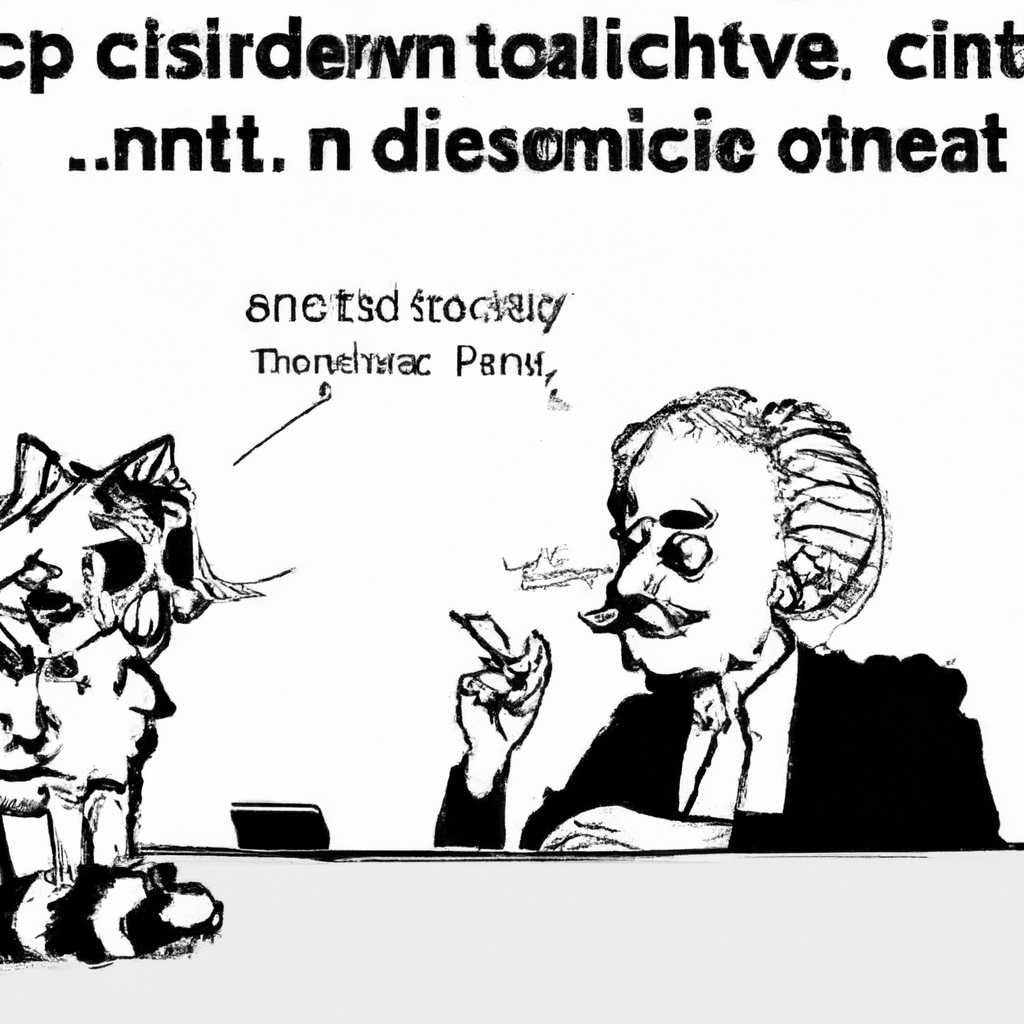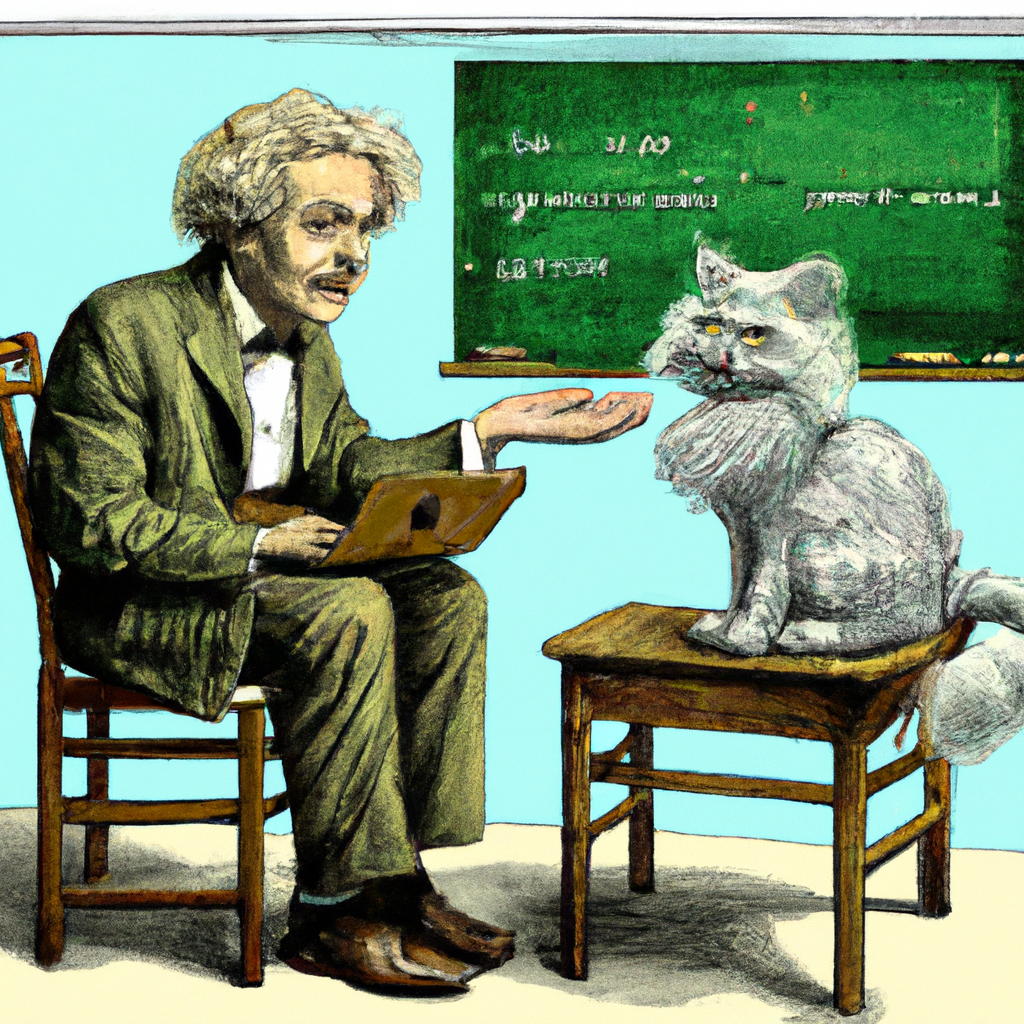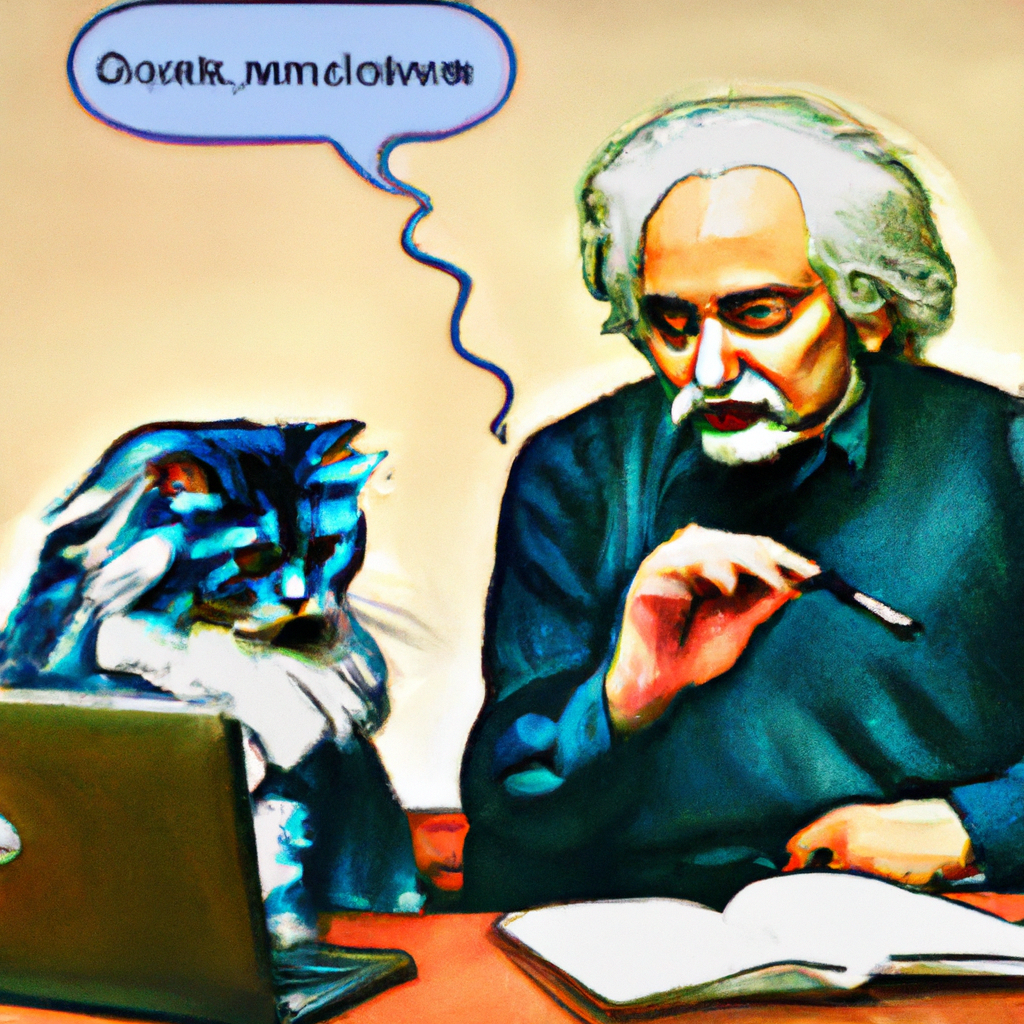 With the rapid progression of AI technologies, OpenAI’s powerful language model GPT-3 has come forth as a game-changer. Its interactive chatbot variant known as ChatGPT brings about revolutionary innovation in areas like content creation, tutoring, foreign language practice and much more. Understanding how to effectively use this tool can streamline your workflow significantly.
With the rapid progression of AI technologies, OpenAI’s powerful language model GPT-3 has come forth as a game-changer. Its interactive chatbot variant known as ChatGPT brings about revolutionary innovation in areas like content creation, tutoring, foreign language practice and much more. Understanding how to effectively use this tool can streamline your workflow significantly.
ChatGPT is pre-trained using Reinforcement Learning from Human Feedback (RLHF) which includes training it initially on various internet texts but does not involve any specific document or data source during its fine-tuning period. It learns by predicting next possible responses based on its prior learning and carries no personal opinions or experiences.
**Effective Usage of ChatGPT**
When generating answers or text with ChatGPT, providing maximum context aids in receiving quality output. The ‘messages’ property should include an array where each object inside must contain a ‘role’ – that can be either system, user or assistant – and the respective ‘content’.
Although omitting the optional system role is possible for simple conversations if you want better control over biasing responses to increase usefulness and interactivity; using instructions via system role proves handy.
For instance:
“`
“messages”: [
{“role”: “system”, “content”:”You are capable yet respectful assistant.”},
{“role”: “user”, “content”:”Translate these English sentences into French: Hello world! How are you? What’s your name?”}
]
“`
As illustrated above defining characteristics through `System` allows significant customization for varied outputs depending upon scenarios being tackled making dialogue versatile.
**Updates & New Features**
OpenAI continually updates features for improved performance of their models like releasing new versions including gpt-3.5-turbo recently replacing earlier text-davinci-003 having same abilities at only 10% per token cost offering affordable operations than before saving finance without compromising efficiency helping developers in efficient resource allocation.
Moreover, OpenAI also introduced the Chat Models API which is a more powerful and easy-to-use method to integrate GPT-3 into apps. With this, developers can now send a list of messages instead of single prompts making it simple to build multi-turn conversations.
**How To Examples**
To use these models:
1. Make an API request by passing conversation data using ‘messages’ property.
2. Understand that assistants do not retain memory from one call to another; so it is important that you include complete context each time for accurate responses.
For instance:
“`
“messages”: [
{“role”: “system”, “content”:”You are helpful assistant.”},
{“role”: “user”, “content”:”Who won world series in 2020?”},
{“role”: “assistant”, “content”:”The Los Angeles Dodgers won the World Series in 2020.”},
{“role”: “user”,”content”:”Where was it played?”}
]
“`
In above scenario whole chat history ensures accuracy despite assistant having no knowledge about previous call.
By understanding what drives output significantly enhances your success with using ChatGPT while developing applications or creating content further expanding its potential daily tasks applicability range thus proving as valuable asset for both personal and professional domains effectively leveraging AI’s power facilitating intelligent conversations without needing human involvement every step on way!
Remembering these guidelines promises smoother expertise gaining benefits exponentially over traditional processes harnessing maximum efficiency provided by evolving technology transitioning towards digital intelligence era seamlessly letting humans focus primarily upon creativity leaving rest machinery increasing productivity multifold!
Here’s an example:
Users seeking to utilize ChatGPT for obtaining detailed information can structure the conversation in a clear and straightforward manner. For instance, if users are searching for historical details about World War II, they can phrase their inquiries like “Describe the major events of World War II”. Additionally, it is recommended that they provide context whenever necessary. So instead of asking “When did it end?”, they should ask “When did World War II end?”.
For brainstorming sessions or creative writing help, users might guide ChatGPT by providing vivid descriptions or even setting some rules at the start of the interactions such as: ‘Generate a plotline for a fantasy novel featuring magic and dragons’.
If looking to simulate conversation practice (for language learning purposes), users may initiate dialogues with phrases typical in everyday conversations.
In all interactions however, make sure to avoid inappropriate requests and respect OpenAI’s usage policies which include maintaining politeness & respect during exchanges. If unsatisfied with any response from ChatGPT , try rephrasing your query or narrowing down specifics since clarity often helps improve model responses.
# Here’s a story about Gato Rico
Once upon a time in the small, picturesque town of Guadalajara, there lived a cat named Gato Rico. His name was quite an irony as he wasn’t necessarily rich but rather known for his unique ability to bring richness into others’ lives through laughter.
Gato Rico was not your typical feline with sleek fur and piercing eyes; instead, this rotund ball of fluff had an uncanny resemblance to Garfield. He loved lasagna more than fish and mastered the art of waddling rather than prowling like his brethren.
One sunny afternoon while Gato Rico was lazing around on top of Senora Rosalinda’s bakery roof (which incidentally also happened to be where she kept her homemade Lasagna), something caught his ever-watchful eye – A shiny Chat-GPT Bot device that little Pablo from next door acquired for homework assistance.
Being tech-savvy outlanders compared to the humble townsfolk who rarely used computers except for work necessities – Little Pablo’s bot flashy antics intrigued old fatso! After all, it could do anything – write essays, compose stories or even crack jokes!
A mischievous idea lit up in our furry friend’s mind: “What if I make use this bot?” He thought. Despite lacking opposable thumbs or knowledge about how machines worked apart from opening tuna cans using paw-friendly openers — what else is a curious cat supposed do?
That evening when Little Pablo predictably abandoned homework duty due some school gossip exchanged over tin-can-telephone-line among neighborhood kids—Gato seized opportunity slipping through slightly opened window onto study table housing shiny gadget!
Nudging screen lovingly first before pressing power button accidentally by heavy head laying down close enough; lo behold chatbot turned alive greeting “How may assist today?”
“Write meow funniest joke,” typed clumsy paws missing correct keys half times. To Gato’s surprise, the Bot understood his request and came up with a joke: “Why don’t cats play poker in the jungle? Too many cheetahs!”
Gato Rico, not understanding human humor but ironically amused by its own antics throughout the process – rolled off desk laughing (or what seemed like it). Little Pablo hearing commotion rushed back into study room only finding bot left turned on displaying punchline of some cat joke. In confusion he looked around spotting Gato rico already dozing off safely near window sill.
From then onwards every evening little Pablo found a new cat-themed joke or pun displayed on Chat-GPT Bot thinking maybe it was just programmed to lighten mood whenever someone felt stressed about homework! And as for our kitty friend Gato Rico – this was one more feather in cap being town’s largest feline prankster bringing joy through laughter — indeed living upto name!
Little did they know who stood behind these funny surprises – Guadalajara’s local celebrity, their very own big-belly garfield look-alike; The legendary lasagna lover- “GATO RICO”.
